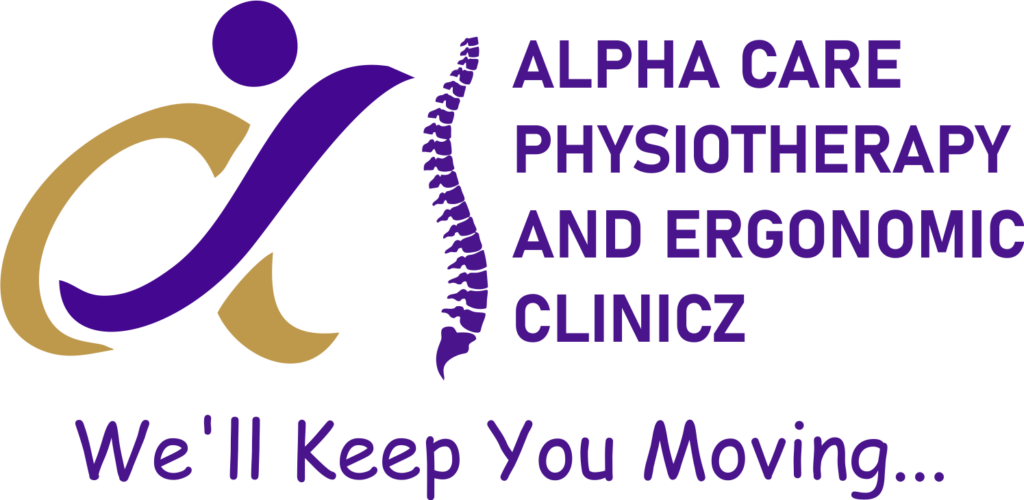Dry needling

Targeted Approach: Dry needling targets myofascial trigger points, which are hyperirritable spots in muscles associated with pain and dysfunction.
Pain Relief: By inserting needles into trigger points, dry needling can stimulate the release of endorphins and other neurotransmitters, reducing pain perception.
Muscle Relaxation: The insertion of needles promotes muscle relaxation by decreasing muscle tension and improving blood flow to the affected area.
Improved Range of Motion: Dry needling can help restore normal muscle function and improve joint mobility by releasing tight muscles and reducing muscle stiffness.
Complementary Therapy: Dry needling is often used alongside other physical therapy techniques such as exercise therapy and manual therapy to enhance treatment outcomes.
Minimal Discomfort: Despite involving needles, dry needling is generally well-tolerated by patients and causes minimal discomfort during the procedure.
Evidence-Based Practice: Research supports the effectiveness of dry needling for various musculoskeletal conditions, including neck pain, low back pain, shoulder pain, and headaches.
Individualized Treatment: Dry needling techniques are tailored to each patient’s specific needs and may vary based on the location and severity of symptoms.



